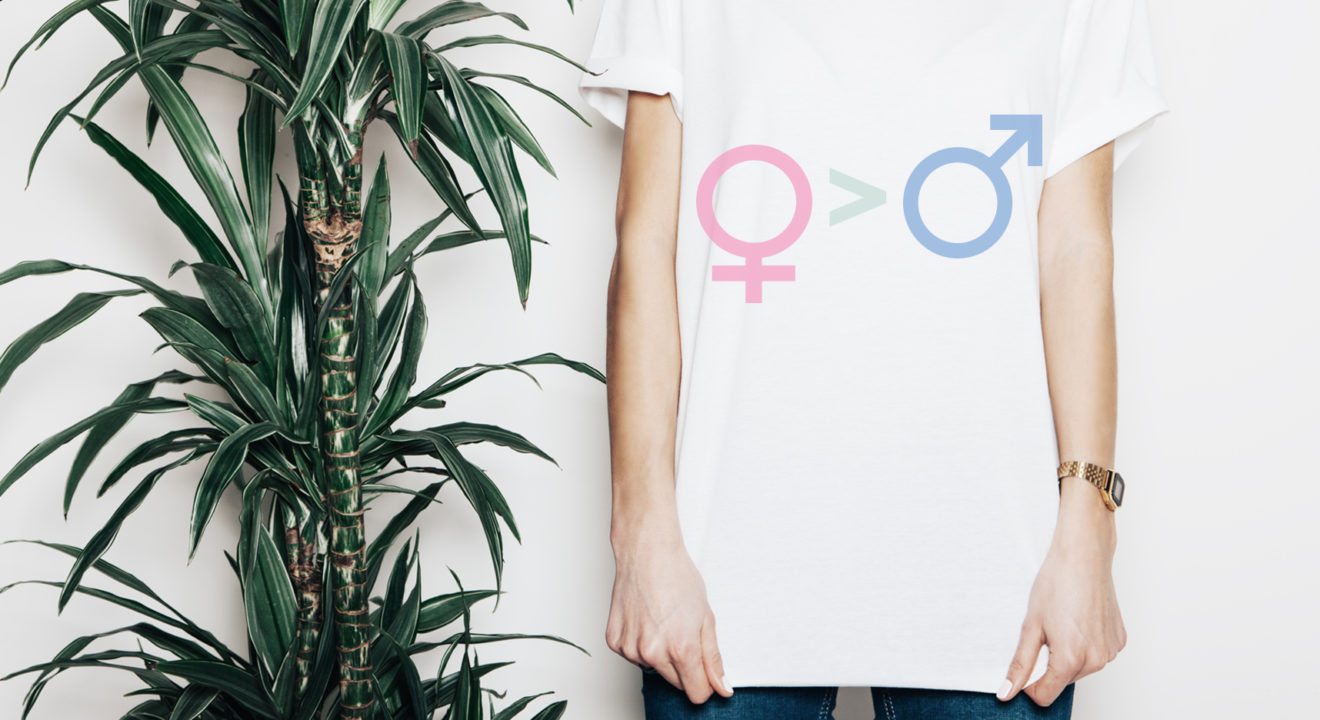Culture November 3, 2016


When you hear the word “chic,” what comes to mind? Fashionable purses made from the hottest designers? Celebrities in elegant gowns walking down the red carpet? Whatever you imagine, the term “man-hating” probably isn’t included. Yet, man-hating is a growing trend, both within and outside of feminism.
With the rise of man-hating has emerged new terms, ranging from “mansplaining” to “manspreading” to “manterrupting.” Men also experience backlash if they disapprove of something feminist-related, like when YouTube film reviewer James Rolfe shared that he wouldn’t attend the female-dominated “Ghostbusters” remake because it didn’t acknowledge the original franchise.
Why is this new man-hating trend the opposite of chic? Here are ENTITY’s top four reasons!
Is feminism a fight for equality? Or a battle between the sexes for gender supremacy? According to a 2014 survey by YouGov, 60 percent of Americans consider “feminist” a neutral description, 26 percent consider it a compliment and 14 percent consider it an insult. When “feminist” is defined as “someone who believes in the social, political and economic equality of women,” only 60 percent of Americans identify as feminist.
Why do men and women shy away from the feminist label despite living in a country that claims to be built on equality? As Everyday Feminism explains, equating “feminism” with “man-hating” has been a historically popular defense against “the movement for identity equality.” As long as man-hating is considered feminist, people have an excuse to not listen to feminist goals, theories and societal critiques. When women engage in “man-hating,” they are not only acting the opposite of chic, but they are also tainting the feminist movement and its goals of gender equality.
When it comes to gender issues, man-hating is taking up an important slot of Americans’ equality to-do list. What are the gender issues that should be on the front of everyone’s minds – and on their computer screens? According to Makers, facts about gender inequality in the US today include:
The more time and effort that women – even self-proclaimed feminists – spend hating men, the less time and energy can be spent on improving gender equality.
The trend of man-hating began with what could be considered good intentions. The Telegraph describes the series of videos capturing women as they filmed themselves walking through the streets. Perhaps the most popular version of this video is that by Shoshana Roberts, which revealed the sexual harassment often experienced by women in New York.
While videos – and campaigns that used the same technique – raised awareness of #everydaysexism, they also have enforced negative stereotypes of men. According to Jake Simons, the onslaught of man-hating has suggested that men are guilty until proven innocent.
As The Washington Post revealed, people engaged in man-hating often skew scientific studies to support male stereotypes or negative traits. For instance, the study that drove the term “manterrupting” actually found that women interrupt women the most. Another study reported that both men and women are more likely to believe someone described as “creepy” is male. Writer Cathy Young poses a good question when she asks: If the study had correlated creepiness with femininity or sexual orientation, would people have considered it stereotyping or a reflection of reality?
Man haters, then, doesn’t just hate men; they group them into stereotypes that society should have moved past decades ago.
Whether you’re a man or a woman, a feminist or undecided, we can all probably agree that equality is an important goal for America’s future. As far as women – and African Americans, members of the LGBTQ community and other groups historically discriminated against – have come, we still have improvements to make.
Because of the importance of gender equality, women shouldn’t hate men – even if only jokingly. As Sarah Begley writes, “Appealing to a very small minority of the population [in this case, feminists who understand “man-hating” humor] can be a good way to alienate the rest.”
In order to change the world, all of the world – men and women – need to get involved. And as long as man-hating is a “chic” trend, the uniting and bettering of the sexes is an unlikely possibility.
Bottom Line
At first glance, the new trend of man-hating may seem like nothing more than a social media phenomenon or a negative trait of new “feminism.” However, hating men isn’t a requirement of feminism. In fact, for women that truly want to make a change in the world, not hating men may be one of their secret weapons. After all, #WomenThatDo know that people succeed less often when they try to do everything on their own. Man hating isn’t chic. Uniting with men to promote gender equality all over the world? Now that will always be in style.